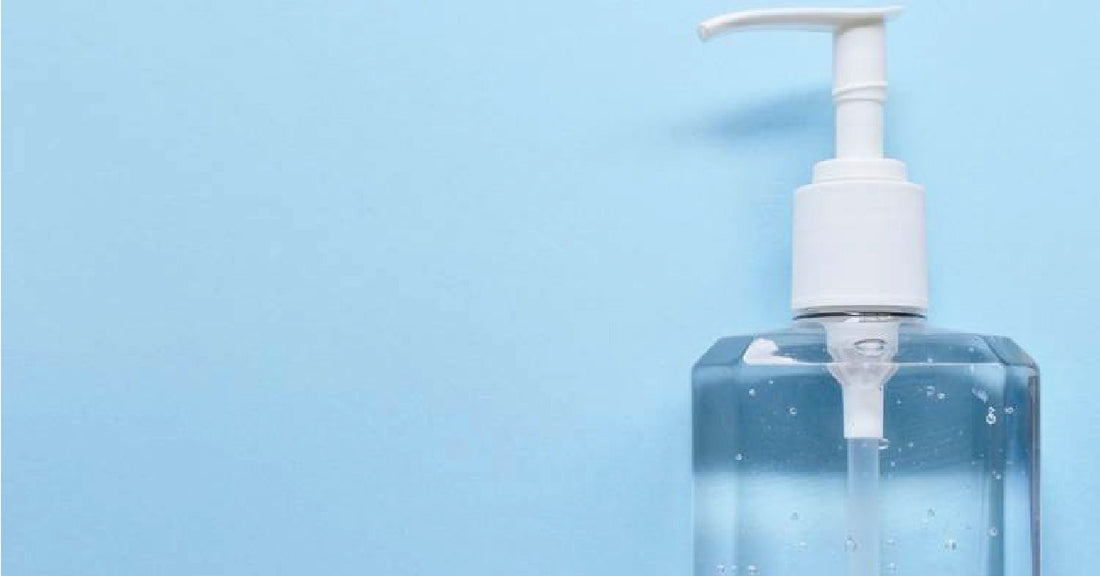Health and security activities have taken the highest importance with the unprecedented spread of coronavirus (COVID-19). This is particularly a matter of fact for individuals living with bad immune systems, diabetics as well as for older adults who are at higher risk of experiencing extreme COVID-19 complications.
With hand washing, cleaning and disinfecting during the pandemic being the subject of concern, the increased use of hand sanitizers can be noticed afterall hand hygiene is the biggest, simplest, cheapest step you can take to protect yourself from coronavirus.
But it’s important to understand the truth behind its basic functions before you order a handy bottle of sanitizer.
All you need to know about Hand Sanitizers
Does it kill more germs by washing your hands than using a hand sanitizer?

No. It won’t kill many invisible germs just by washing your hands with regular soap. Soap only cleans up hands that are soiled and greasy.
Many individuals use hand sanitizer or anti-bacterial soap. Using hand sanitizer over dirty hands, though, can’t be so reliable. Therefore, cleaning the hands properly (i.e. washing, letting them dry and then applying hand sanitizer over the hands) destroys more germs. This is the most effective way of getting rid of germs.
How often should one use a hand sanitizer, where, when and how?

They are used after your hands have been washed or can be used without your hands being washed. This means when you are outdoor, playing some sport and there is no water available; you may need hand sanitizer at that time.
It should be used before cooking, before and after dining, in kitchens. After heading to the toilets, should be used by physicians and nurses in hospitals; in public transit systems such as railways, buses, in schools and colleges, in outdoor sports such as camping and traveling.
But, if the hands encounter dangerous substances, one should wash them thoroughly with soap and water, and then apply sanitizer to dry hands.
The efficiency of a sanitizer

Though there are several brands and different packaging for hand sanitizers, not all items are designed to destroy an optimum number of germs. In terms of their effectiveness, even the most common sanitizer brands can differ.
Much of this output discrepancy stems from the use of main ingredients. As such, compared to a sanitizer that uses alcohol, any sanitizer which uses benzalkonium chloride as its base component is considered less effective.
According to the Centers for Disease Control (CDC), it is critical that you pick up an alcohol-based hand sanitizer containing at least 60% ethanol or 70% isopropanol. This type of sanitizer offers you an optimal level of security and the greatest value for money.
Be sure to use the correct technique for disinfecting your hands

There is a reason Public service announcements (PSAs) show you how to properly wash your hand and face. There is a lot of information available on that front, from recommending the 20-second rule to giving you songs to sing while washing your hand.
But the correct details are not as readily available when it comes to using hand sanitizers. This makes many people believe that the use of hand sanitizers doesn’t require a procedure. But there’s probably more. And you definitely should learn it.
It is quick and very easy to adopt the suggested method

- Keeping one hand out
- Provide the middle of your palm with an appropriate amount of sanitizer.
- Gently rub together both palms.
- Make sure the palms and inner fingers are sealed with the sanitizer.
- Pay careful attention, particularly to your fingertips and the top areas.
- Ensure that the sanitizer extends to the back of your hands too.
- Concentrate on rubbing the area between the fingers.
- If the sanitizer dries out, continue rubbing.
- The entire process takes about 20-30 seconds to wash your hands with soap and water, which is the same amount of time it takes for a sanitizer to work. It can weaken your sanitization if you take less than 20 seconds or do not properly distribute the hand sanitizer over your skin. So, do it the right way.
Disinfectants are not meant for sanitizing your hands:

You may think that you can use bleach and other cleaners as sanitization products because of the effectiveness of common household products against the novel coronavirus. There could be nothing farther from the facts.
This is because it is not practical to use common disinfectants on human skin. None of these items are intended to be used on something other than non-living surfaces, whether you are talking about traditional household cleaners or antibacterial surface wipes.
In fact, upon direct application, these products contain such high levels of chemicals that they can cause harm to your skin and overall health. Therefore, make sure that you are aware of these conditions and just use a good hand sanitizer intended to be used for hand hygiene.
You have to take some essential precautions when using hand sanitizer

It should be used as guided. Swallowing hand sanitizers based on alcohol can cause alcohol poisoning. Some people assume that you can clear your throat by gargling with alcohol-based hand sanitizer. Alcohol-based sanitizers contain ethyl alcohol which may be very dangerous and toxic to swallow.
It should be kept away from children’s control. Children may find it attractive because of the scent and bright colour and end up swallowing the sanitizer.
Keep away from Home-Made Sanitizers

The expansion of do-it-yourself (DIY) specialists across online platforms has made way for hobbyists at home to reproduce many commercial products.
While in terms of finding clothes, shoes, and home décor, this method can be very useful but it can be risky when it comes to important hygiene items such as a hand sanitizer.
There is no easy way for you to check their promise, even if DIY enthusiasts claim that their hand sanitizers are effective against common germs, including the virus that causes COVID-19. This is particularly false because hand sanitizers need professional-controlled processes to be efficient.
In addition to exposing you to more risk of contracting common infections, opting for homemade sanitizer products also makes you a candidate for side-effects such as skin burns.
So, make sure that you only purchase sanitizers that are manufactured commercially and under strict healthcare guidelines in order to stay clear of these problems.
Surprising Hand Sanitizer Uses

- A drop of sanitizer and a soft cloth will make the screen of your phone shine.
- It also makes a great shiner for your glasses and sunglasses.
- To remove the stain, you can use it on whiteboards, clothing, and walls to get rid of the permanent marker stain.
- You may also use only a pinch of it to clean your mirror and curtains.
- To stop scratching after you are bit by a mosquito.
- Use it to sanitise your makeup brushes and allow them to dry.
Hand Sanitizers are effective when you properly use them

In conjunction with other protection practices, sanitizers are an important mode of defense against COVID-19, provided you know how to use them correctly. You should make the most of your range of sanitizer and its everyday uses by keeping these tips in mind.

